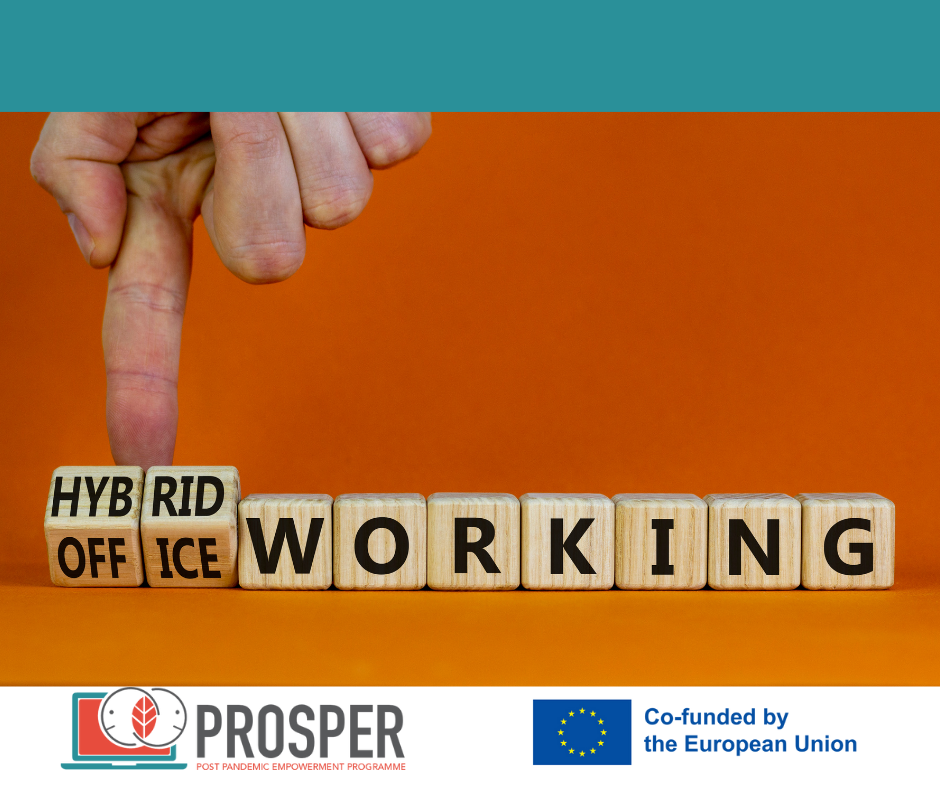Hybrid working, has become quite popular, especially after COVID since more and more people had the need to work remotely. The introduction of remote and hybrid working has transformed the way European small and medium-sized firms (SMEs) function, causing a major change in the workplace environment. Understanding the specifics of this new work model has become essential for managers and related workers as businesses attempt to adapt to an increasingly digital world.
The worldwide COVID-19 pandemic’s exceptional disruptions sparked a fast change in the traditional organizational structure of European SMEs. Rapid adoption of remote work rules was required in response to demands for social isolation and lockdowns, which sparked a revolution in the use of hybrid working methods. According to industry surveys conducted by leading business research organizations, roughly 82% of SMEs in Europe expedited their digital transformation initiatives as a reaction to the pandemic, underscoring the need for flexible work arrangements to guarantee business sustainability and employee safety.
The use of hybrid working arrangements has emerged as an important strategy to promote resilience and adaptability as SMEs continue to manage the pandemic’s repercussions. The flexibility and autonomy provided are valued by employees more and more, thus European SMEs are redefining their modus operandi to support a mix of remote and in-office work. The transition to hybrid models denotes a long-term reevaluation of conventional working standards, highlighting the necessity for flexible, technologically advanced solutions to maintain productivity and guarantee smooth cooperation in a dynamic, post-pandemic economic environment.
By EUROTraining


